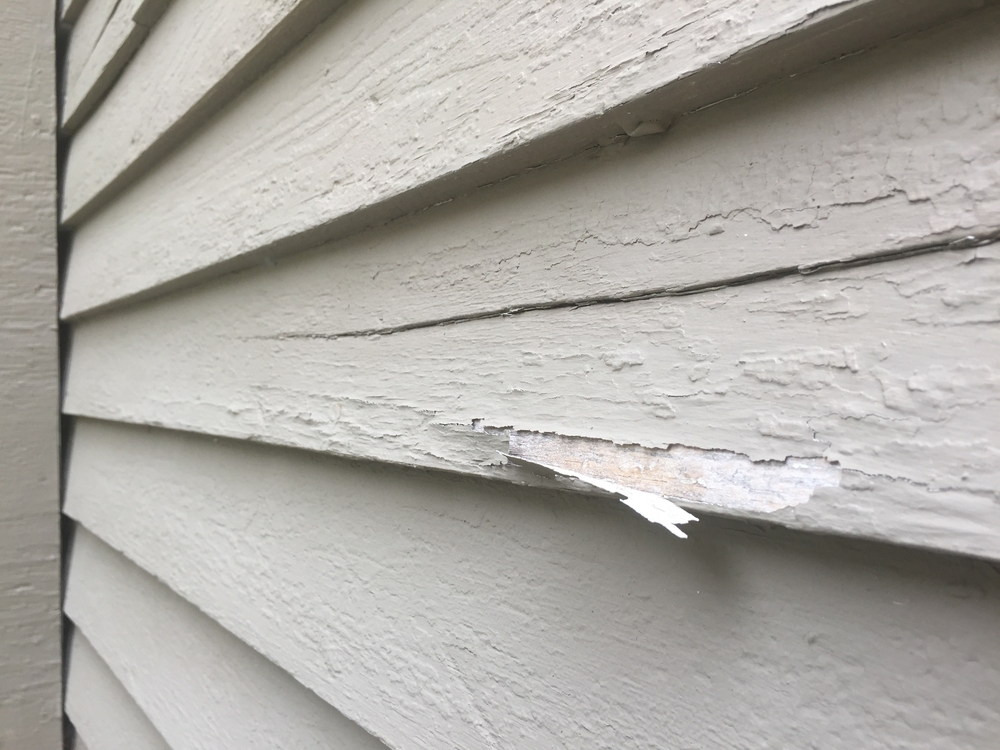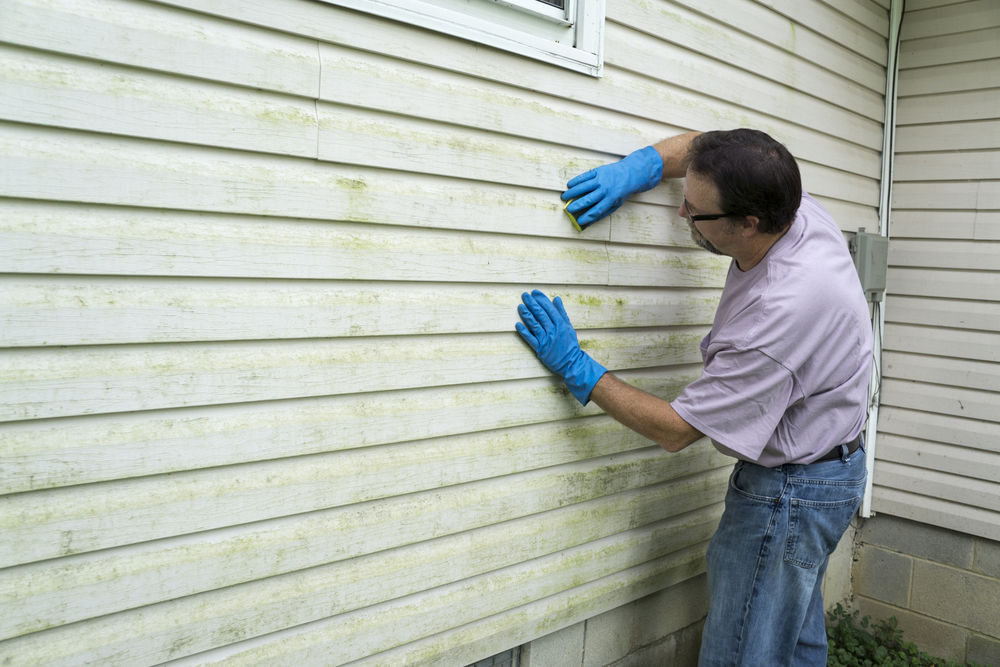Storm damage to your home’s siding can be an expensive hassle. If you find that you need a siding replacement, you will want to get it done as soon as possible.
Whether you had storm damage from a hurricane, tornado, or other natural disasters, or you want to prevent future problems by taking preventative measures, here are some tips on how to deal with storm damage to your home’s siding.
1. Look for signs of damage
It’s important to note the extent of damage before making repairs. A small chip in a shingle can quickly become a large hole if it becomes the entry point for water or insects. Inspect the entire roof and chimney to determine whether there is any structural damage. You may also want to check all doors and windows for signs of leakage.
2. Consider your options
Once you’ve assessed the damage and identified any issues, consider your options:
• Repair. Call a professional siding contractor to do the job immediately if only minor repairs are needed — such as patching drywall. It’s also important to remember that repairs can cost more than replacing entire sections of siding if it’s necessary to replace rotten wood instead of patching it up.
• Do a siding replacement with a new one from the same manufacturer as your original siding (or from another reputable company). You’ll be able to use the same color scheme and design features for the siding installation as before with no change in cost or materials required other than new boards.
3. Understand the cause

Make sure you understand what caused the damage. If you’re not sure whether it was wind or water damage that caused the problem, take pictures of the scene before and after any damage occurred. If there isn’t much physical evidence of water entering your home, such as mold growing on walls, you can assume it was wind damage.
4. Contact insurance
Once you’ve determined what type of weather event caused your problem, contact your insurance agent or agent’s representative so they can help assess the situation and determine if you need additional coverage for damages that weren’t covered under your homeowner’s insurance policy. Once you’ve figured out what type of event caused issues with your home’s siding and taken pictures for evidence, get the siding installation done or repaired.
5. Call a contractor
You should call a professional siding contractor for help if possible. You may be able to handle the job yourself, but that can be dangerous and costly. A siding contractor knows what they’re doing and has access to the tools they need, such as saws, hammers, and other tools that can get things done quickly and safely.
If you don’t have the money or time for a siding contractor, try doing it yourself. This can be risky because there are many types of siding materials, and they all react differently when water gets on them. It is also essential to pay attention as these materials can start rotting if not taken care of properly, so ensure you allow plenty of time for drying before continuing with any repairs!
6. Use a power washer in severely damaged areas
Use a power washer or pressure washer on areas severely damaged by hail or high winds. This will help remove any remaining debris and clean off any mold or mildew that has developed on the surface of your side rails or fascia boards over time due to moisture buildup underneath them.
7. Focus on prevention
Although it’s impossible to prevent storm damage from occurring completely, there are steps you can take to help minimize it. This includes taking note of where high winds tend to occur and storing outdoor furniture and other objects that might blow away from windows and doors in strong winds. You can also consider installing gutter guards around your house or exterior shutters if you live in a high wind area.
For repairs and replacements, and as well as free wind and hail damage inspections are available. MidAtlantic Contracting is here for you! We provide affordable and excellent services to our customers ensuring everything is to your satisfaction. Get what you deserve!


